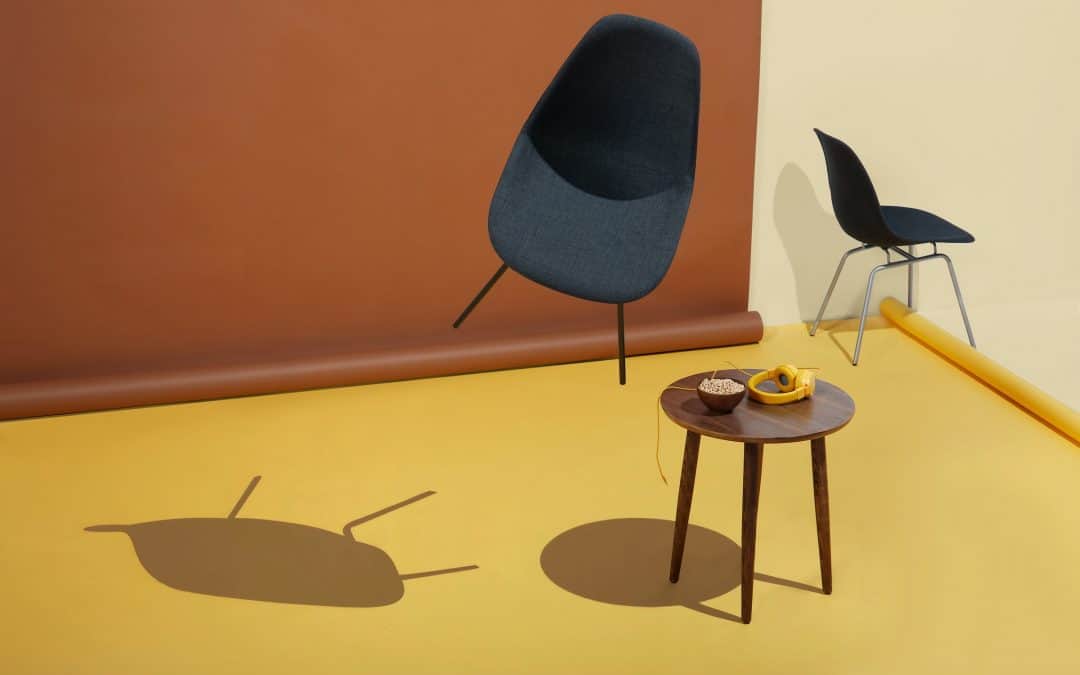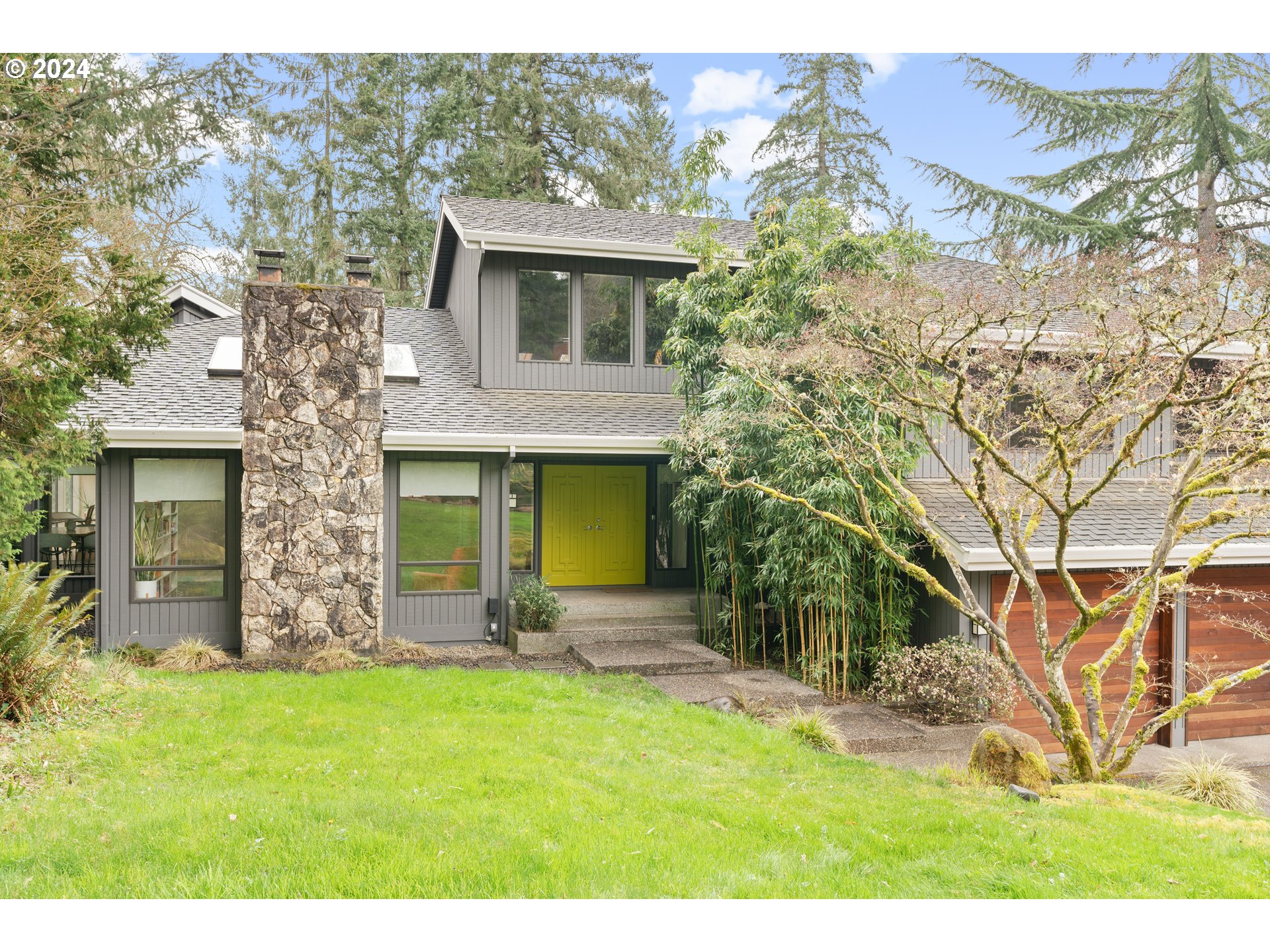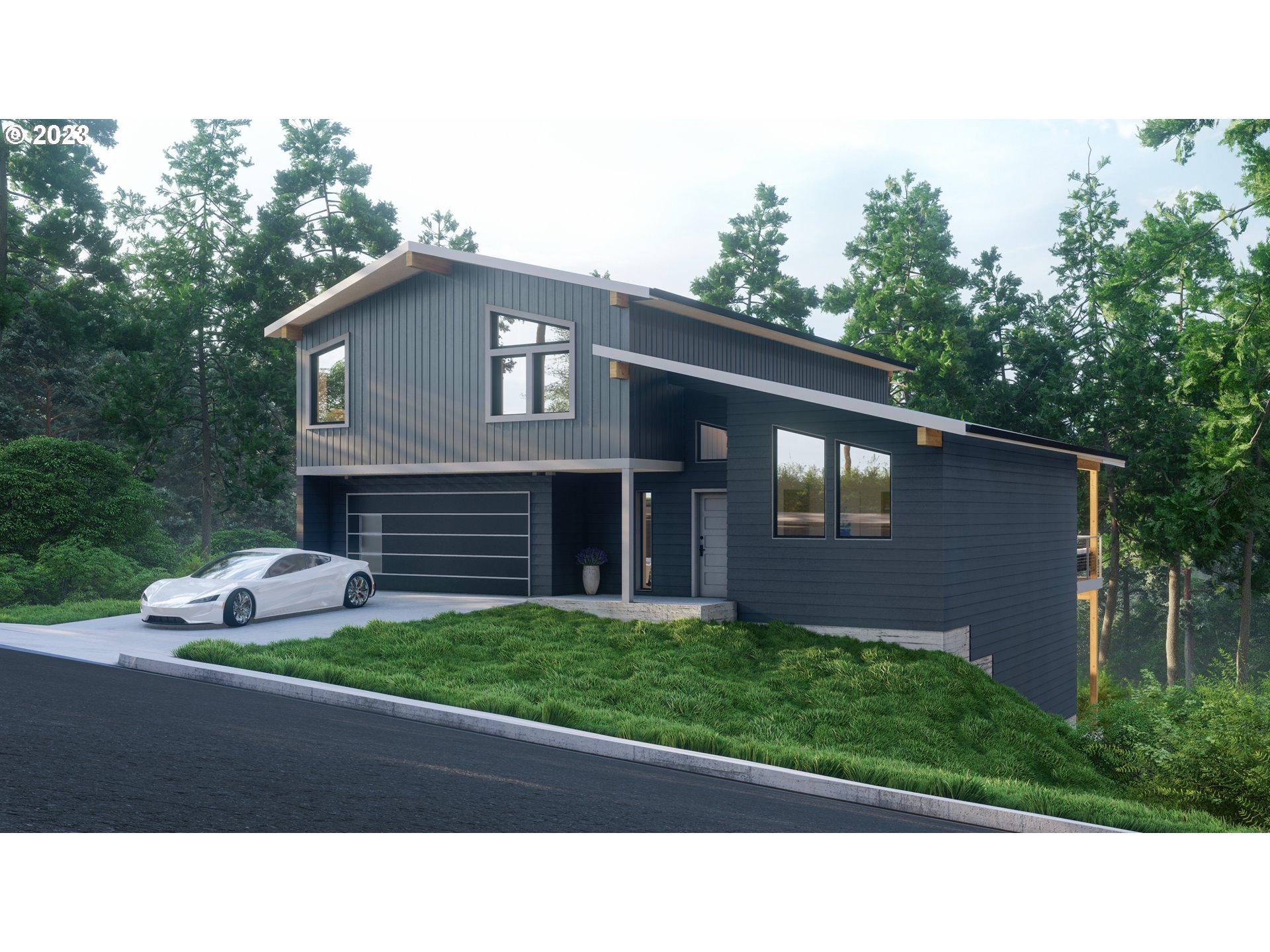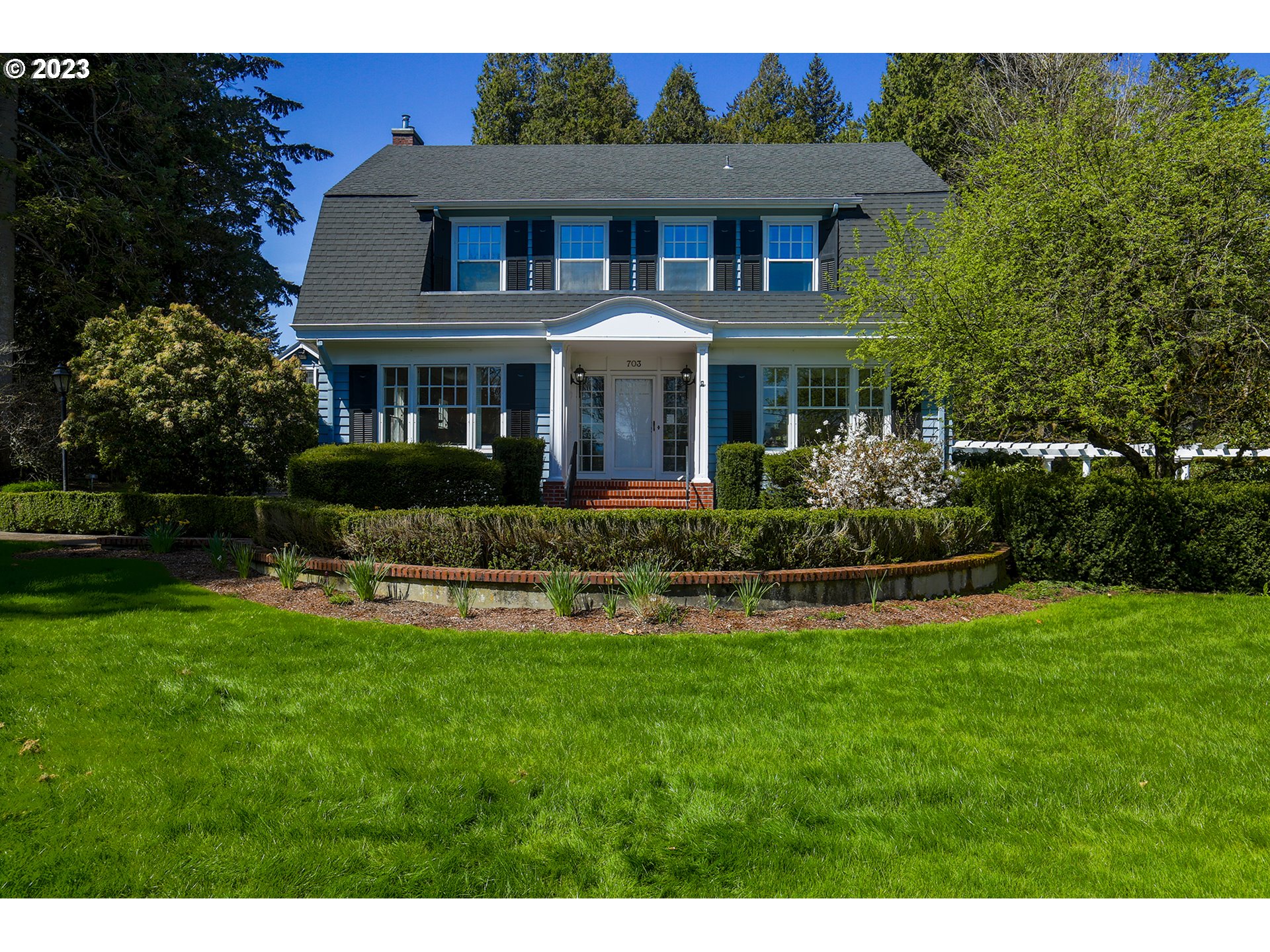Photo Sourced from Inside Weather/Unsplash
“Cataclysmic world events such as wars uproot and destroy, but they can also create opportunities sometimes.” (The Spruce)
Inseparable from the socio-political state of a rapidly changing world, mid-century modernism has stood the test of time not only because of its aesthetic appeal but because of resurfacing ideologies in our modern age that mirror issues of the mid-20th century.
Experts argue on the definitive start of mid-century modern (MCM) design period, and as with any great movement, MCM came to be incrementally – as a response to war-time constraints, the development of industrialization, the departure of Bauhaus and its’ greatest minds from European shores. It was influenced by the world’s obsession with space and futurism and science fiction, seen across all facets of culture at the time. The earliest signs of the shift surfaced in the 1920s, though most agree that the height of MCM took place between the 1930s and ’60s.
Architects and designers alike were building for an American populous with changing values and needs. Cities were expanding, as was suburbanization and the need for new, quickly built modern homes that were affordable drove the era. In design, MCM is typified by its’ functionality, ingenious use of unusual and contrasting materials and minimality. In architecture, it meant the blending of the indoor and outdoor worlds through open floor plans accented by floor-to-ceiling windows and the use of native materials and low-hanging roofs, meant to conserve energy within the home. Landscaping was clean and uncomplicated with an emphasis on the pleasure of outdoor living.
The last decades of the century saw MCM slip into the background before a resurgence in the ’90s as the style, particularly in interior design, became more commercially available to the common consumer.
Nearly a century later, MCM has stood the test of time for many reasons. The surge of period pop-culture pieces has brought it into the mainstream, but it perseveres for more deeply rooted reasons. The trend towards urbanism continues and the need for portable, practical pieces abound. Millennials are still flocking to the cities, living in smaller spaces and dealing with the need for design that packs an economic punch. Nothing suits the modern life quite as mid-century modernism continues to do. It is not a movement of the past, but a movement of modern-day premeditated in the yesteryear.
There is a ton of great information to be found about MCM, its’ contributors and resurgence. Here, here, and here are a few great places to start.
If you’re interested in finding a mid-century home of your own, get in touch. I keep my finger on the pulse of the market and great homes are going live every day!





